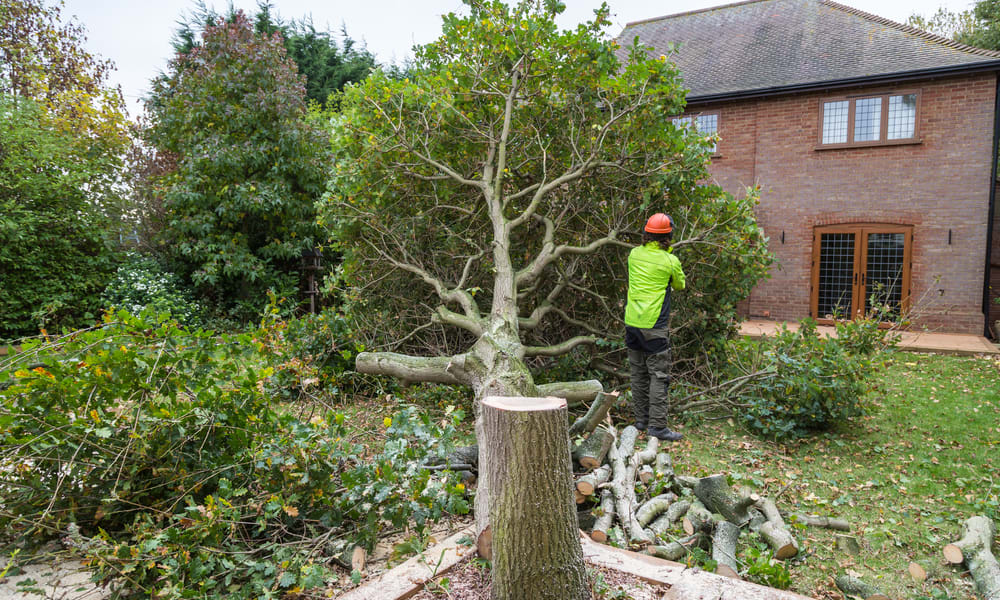The True Cost of Tree Removal and What You Need to Know
Tree removal is a significant investment that requires careful consideration of various factors, from the size and location of the tree to the complexity of the job. Understanding the real costs involved and what services include helps homeowners make informed decisions about their tree care needs. Here's a comprehensive guide to tree removal costs and essential considerations.

What Factors Influence Tree Removal Costs?
The cost of tree removal varies significantly based on several key factors. Tree size is the primary consideration, with taller trees requiring more time, equipment, and expertise. Location also plays a crucial role – trees near buildings or power lines need more careful handling. The tree’s condition, including whether it’s diseased or damaged, can affect removal complexity and cost. Additionally, accessibility to the tree and local permit requirements can impact the final price.
What’s Included in Basic Tree Removal Services?
A standard tree removal service typically includes cutting down the tree, chopping the trunk into manageable sections, and basic cleanup of the immediate area. However, services like stump removal, wood chipping, or hauling away debris often incur additional charges. It’s essential to clarify with your tree removal service exactly what’s included in their base price to avoid unexpected costs.
How Much Should You Budget for Tree Removal?
The average cost of tree removal varies significantly across regions and situations, but here’s a general pricing guide:
| Tree Size | Average Cost Range | Additional Services |
|---|---|---|
| Small (up to 30ft) | $150-$400 | Stump removal: +$75-150 |
| Medium (30-60ft) | $400-$800 | Wood chipping: +$50-100 |
| Large (60-80ft) | $800-$1,500 | Log splitting: +$75-200 |
| Very Large (80ft+) | $1,500-$3,000+ | Debris removal: +$100-150 |
Prices, rates, or cost estimates mentioned in this article are based on the latest available information but may change over time. Independent research is advised before making financial decisions.
When Is Professional Tree Removal Necessary?
Professional tree removal becomes necessary when trees are dead, diseased, or pose a safety risk to property or people. Signs that indicate the need for removal include significant lean, visible root damage, proximity to structures, or severe storm damage. While DIY removal might seem cost-effective for small trees, larger trees require professional expertise and equipment to ensure safe removal.
What Questions Should You Ask Before Hiring a Service?
Before hiring a tree removal service, ask about their insurance coverage, certification, and experience. Request detailed written estimates and inquire about their safety protocols and equipment. It’s also important to verify whether they’ll obtain necessary permits and how they handle potential property damage. Ask about their clean-up policies and whether stump removal is included in the quoted price.
How Can You Reduce Tree Removal Costs?
Several strategies can help reduce tree removal costs while maintaining safety and quality. Consider scheduling during the off-season (typically winter months) when services may offer lower rates. Getting multiple quotes from different providers helps ensure competitive pricing. Some companies offer discounts for multiple tree removals or if you handle the cleanup yourself. However, never compromise on insurance coverage or professional expertise to save money.
The tree removal industry continues evolving with new safety equipment and techniques, but the fundamental importance of professional service remains constant. While costs can be significant, investing in qualified tree removal services protects your property and ensures the job is done safely and effectively.




